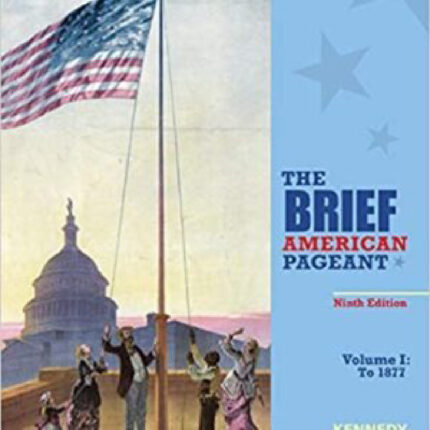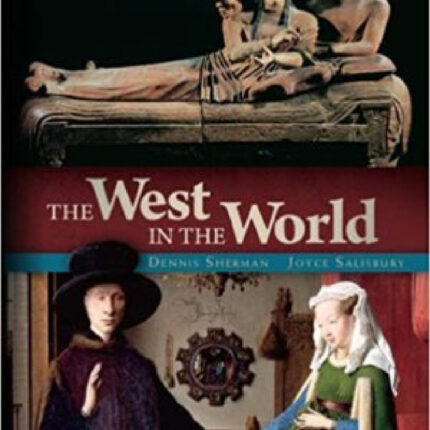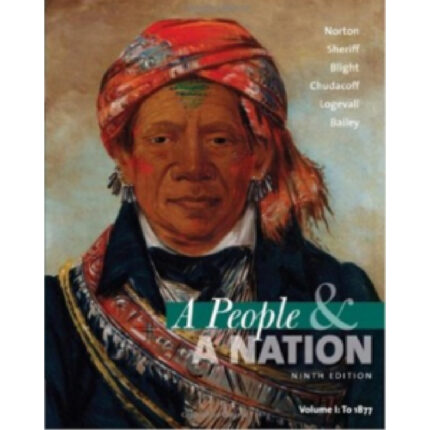Chapter 11 Questions
1. The name of this country comes from the name of an archaeological site
a) Greece
b) Iran
c) Zimbabwe
d) Morocco
e) Vietnam
2. The use of a star symbol that was once the emblem of Alexander the Great led to conflict between which two countries?
a) Turkey and Greece
b) Greece and Macedonia
c) Macedonia and Serbia
d) Serbia and Greece
e) Macedonia and Turkey
3. An example of religious extremism leading to archaeological destruction, the giant Buddhas carved into the cliffs of Bamiyan were destroyed by
a) the Taliban
b) the Nazis
c) the Crusaders
d) the Romans
e) the Mongols
4. The science of morals is called
a) law
b) theory
c) conscience
d) theology
e) ethics
5. Pseudoarchaeology is defined as
a) the practice of methodologically correct archaeology by amateurs
b) the use of archaeology to further the political goals of a state
c) a cross between archaeology and anthropology
d) the creation of extravagant and untrue stories about the past
e) the components of the process of archaeology that do not involve digging
6. Which of the following is an example of pseudoarchaeology?
a) The claim that a geologically formed hill in Bosnia is actually a man-made pyramid
b) The idea that the Nazca lines of Perú are actually landing strips for UFOs
c) An announcement that the lost continent of Atlantis has been found off the coast of Cuba
d) The idea that the ancient Egyptians built the Maya pyramids
e) All of the above are examples of pseudoarchaeology
7. There are certain areas where archaeological reality and evidence clashes with harmless popular belief, and archaeologists must question whether they should respect these beliefs or focus on refuting. An example of just such an ethically challenging situation is
a) when an author is trying to sell a book that makes false claims about the past and accuses archaeologists of keeping secret information about the public
b) when false ideas about the ancient past are being used to fuel racism and hate
c) when a major archaeological site is destroyed because those in charge of the country belong to an extremist religion
d) when aboriginal and Indigenous religions or oral history are at odds with archaeological interpretation
e) none of the above
8. The idea of a lost continent of Atlantis originally came from a story written by
a) Plato
b) Homer
c) Chaucer
d) Shakespeare
e) Ignatius Donnelly
9. Archaeological fraud perpetrated by __________, who was found to have planted artifacts at all of the 168 sites he excavated, may have had a serious impact on how we understand the Early Paleolithic in _________
a) Ignatius Donnelly; Greece
b) Heinrich Schliemann; Turkey
c) Thomas Jefferson; The United States
d) Shinichi Fujimura; Japan
e) Piltdown Man; China
10. It is important that archaeological information be disseminated to the wider public. Which of the following have been used by archaeologists to popularize the human past
a) museum exhibits
b) the internet
c) television
d) all of the above
e) a and c only
11. Lord Elgin is best known for
a) discovering the site of Troy from descriptions in the Iliad
b) removing the Parthenon marbles from Athens to the U.K.
c) discovering the spectacular city of Pompeii buried in volcanic ash
d) proving that the moundbuilders were actually the ancestors of Native Americans
e) deciphering Egyptian hieroglyphics
KEY
1. c, Nationalism and its Symbols, p.300. Difficulty rating = 2.
2. b, Nationalism and its Symbols, pp.300–1. Difficulty rating = 3.
3. a, Nationalism and its symbols, p.301. Difficulty rating = 2.
4. e, Archaeological Ethics, p.302. Difficulty rating = 2.
5. d, Popular Archaeology Versus Pseudoarchaeology, p.303. Difficulty rating = 2.
6. d, Popular Archaeology Versus Pseudoarchaeology, p.303–4. Difficulty rating = 3.
7. d, Popular Archaeology Versus Pseudoarchaeology, p.303. Difficulty rating = 4.
8. a, Popular Archaeology Versus Pseudoarchaeology, p.303. Difficulty rating = 2.
9. d. Fraud in Archaeology, p.304. Difficulty rating = 2.
10. d. The Wider Audience, p.305. Difficulty rating = 1.
11. b. Museums and the Return of Cultural Property. pp.305–6. Difficulty rating = 2.













Reviews
There are no reviews yet.